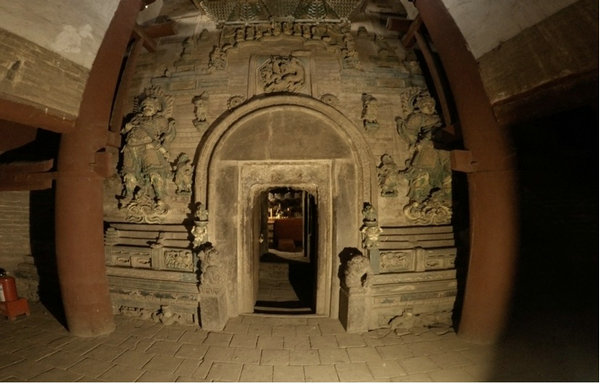 |
|
The inside of a tower in Guangsheng Temple. [Photo provided to China Daily] |
It was a legendary military mission that saved priceless treasures from destruction and looting.
Chinese soldiers' bravery during the War of Resistance Against Japanese Aggression (1931-45) preserved the 900-year-old Buddhist canon, the Zhaocheng Jin Tripitaka.
The largely intact texts-the most-extensive surviving printed works of the Jin Dynasty (1115-1234)-are one of the National Library of China's four main collections.
The Beijing library revealed the findings of a July investigation into the scriptures' hidden history last week.
An expert panel journeyed through six cities in northern Shanxi province to piece together the puzzle of the texts' legacy. They pored over local archives, visited relevant sites and conducted interviews.
The precious Buddhist canon was originally collected by the Guangsheng Temple in Zhaocheng county (today's Hongdong county) in Shanxi.
It remained there for centuries until it was rediscovered in 1933 by a high-ranking, visiting monk. It took its current name at that time.